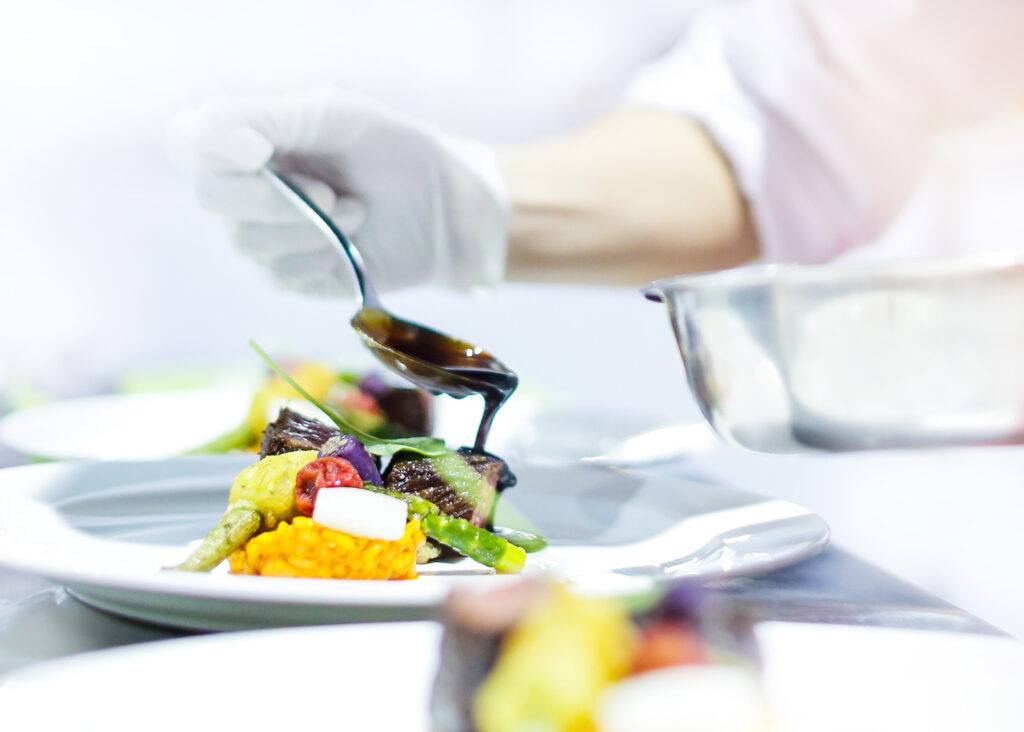Over the past few decades, molecular gastronomy has become a buzzword in the culinary world, revolutionizing how chefs approach cooking and elevating the dining experience to new heights. The term “molecular gastronomy” was first coined by a group of scientists and chefs in the late 1980s, including Herve This and Nicholas Kurti, to describe the scientific study of cooking and the physical and chemical processes that occur during food preparation.
Since then, molecular gastronomy has evolved into a full-fledged movement, with chefs experimenting with innovative techniques and ingredients to create visually stunning and flavor-packed dishes that challenge the traditional notions of what food should look and taste like. This blog post will explore the impact that molecular gastronomy has had on the culinary scene, with quotes from some of the most famous chefs in the field, such as Grant Achatz, Wylie Dufresne, and Ferran Adria.
The Rise of the Modernist Cuisine
Molecular gastronomy may have started as an obscure scientific pursuit, but it quickly gained momentum among top chefs and restaurants around the world. One of the most influential figures in the movement is Ferran Adria, the chef behind the now-closed El Bulli restaurant in Spain, who has been credited with popularizing molecular gastronomy and taking it to new heights.
Adria’s cuisine is characterized by his use of unconventional techniques and ingredients, such as liquid nitrogen and dehydrated foams, to create dishes that are both visually stunning and bursting with flavor. He once said “Molecular gastronomy is not just about transforming food in a physical or chemical way. It’s also about transforming the way we think about food and our relationship with it.”
Grant Achatz, the chef behind Chicago’s Alinea, is another pioneer of molecular gastronomy who has pushed the boundaries of what’s possible in the kitchen. Achatz’s dishes are known for their intricate presentations and use of unconventional ingredients, such as edible balloons and savory ice creams. He once said, “I think that molecular gastronomy is important because it’s pushing the limits of what we can do with food. It’s allowing us to create dishes that are truly unique and that people have never seen before.”
Wylie Dufresne, the chef behind New York’s now-closed WD-50, is also a prominent figure in the modernist cuisine movement. Dufresne’s cuisine is characterized by his use of modernist techniques and unexpected flavor combinations, such as foie gras with passionfruit and sardines with chocolate. He once said, “Molecular gastronomy is about taking risks and exploring new territory. It’s about questioning the status quo and constantly pushing the boundaries of what’s possible in the kitchen.”
The Impact of Molecular Gastronomy on Tasting Menus
One of the most significant impacts that molecular gastronomy has had on the culinary scene is its influence on tasting menus. Tasting menus, which typically feature multiple courses and showcase the chef’s creativity and skill, have become a hallmark of fine dining restaurants that feature molecular gastronomy techniques. And of course, this goes without saying, not all fine restaurants utilize the latter, but to deny the influence innovative cuisine has had on restaurants all around the world would be turning a blind eye. From the trusty immersion circulator, to the iconic Pacojet, modernist kitchen tools are becoming more common in restaurants on a global scale, and are essential when creating a well rounded tasting menu.
Ferran Adria said, “The tasting menu is a way for us to tell a story, to take diners on a journey through our cuisine and our philosophy.” This sentiment is echoed by many other chefs in the field who see tasting menus as a way to showcase their creativity and push the boundaries of what’s possible in the kitchen.

